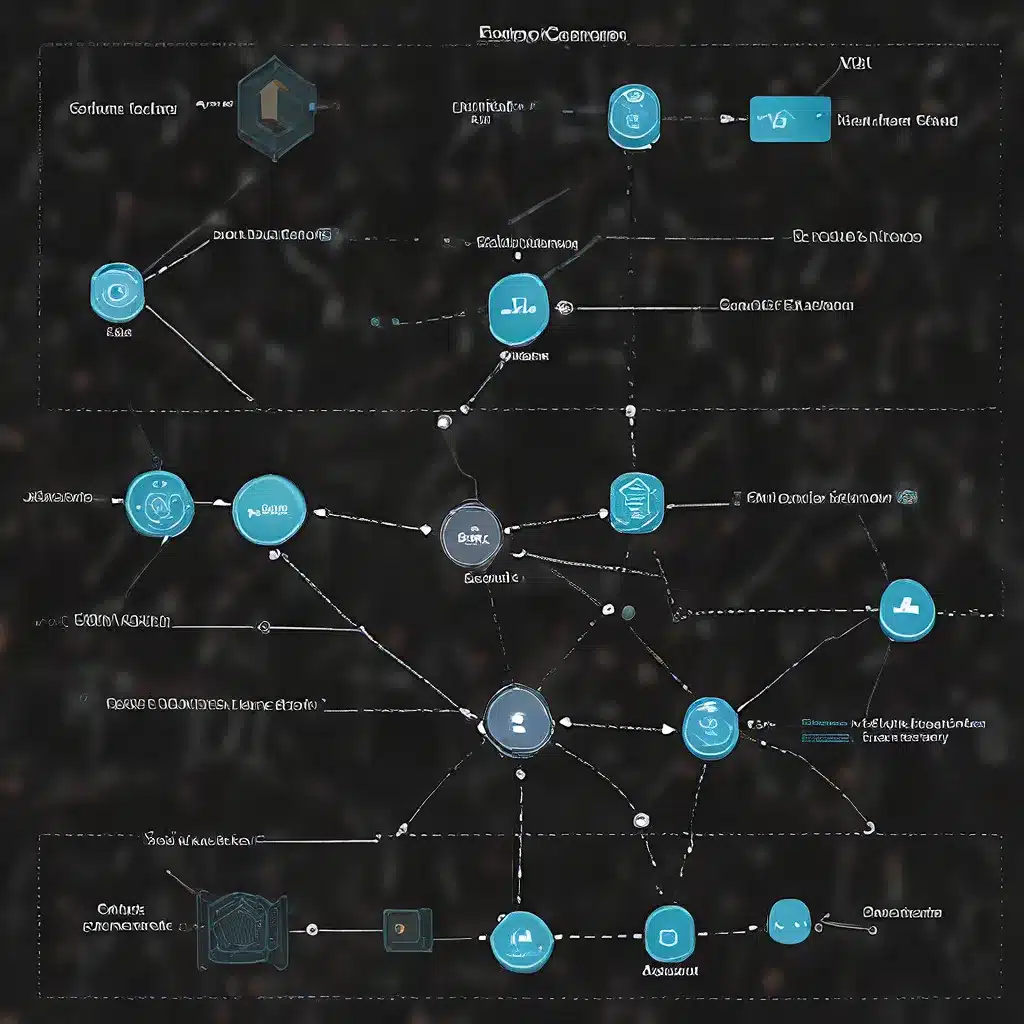
In the rapidly evolving landscape of sensor networks and Internet of Things (IoT), the need for robust, fault-tolerant coordination mechanisms has become paramount. As these distributed systems grow in complexity and scale, ensuring reliable and consistent communication among networked devices is crucial for maintaining seamless operations and safeguarding critical applications.
Addressing the Challenges of Fault-Tolerance in Sensor Networks
Sensor networks and IoT systems often operate in dynamic, unpredictable environments, where node failures, communication disruptions, and environmental interference can compromise the integrity of data and the overall system functionality. Achieving fault-tolerance in these scenarios requires specialized algorithms and protocols that can detect, mitigate, and recover from various types of failures, both benign and malicious (Byzantine).
Recent research has highlighted the importance of distributed consensus algorithms in addressing these challenges. These algorithms enable nodes within a sensor network to reach agreement on a consistent state or decision, even in the presence of faulty or compromised elements. By establishing this fault-tolerant consensus, the system can maintain reliable coordination and ensure the correct execution of tasks, such as in wireless blockchain, industrial IoT, and vehicular networks.
Consensus Algorithms for Benign Faults
One of the fundamental approaches to achieving fault-tolerance in sensor networks is the non-Byzantine consensus algorithm, which is designed to handle benign failures, such as node crashes, message losses, or temporary network partitions. These algorithms rely on various techniques, including majority voting, randomized protocols, and message passing, to ensure that the network can reach a consistent state despite the presence of a limited number of faulty nodes.
Researchers have explored the application of non-Byzantine consensus algorithms in wireless sensor networks, addressing the unique challenges posed by their dynamic nature, resource constraints, and communication limitations. By leveraging leader-based or leaderless consensus strategies, these algorithms can efficiently coordinate sensor nodes, ensuring reliable data aggregation, task execution, and system-wide decision-making.
Tackling Byzantine Faults
While non-Byzantine consensus algorithms are effective in handling benign faults, sensor networks and IoT systems may also face more sophisticated Byzantine failures, where malicious nodes actively attempt to disrupt the system’s operations. In these scenarios, Byzantine Fault Tolerance (BFT) mechanisms become crucial for maintaining the integrity and consistency of the network.
BFT algorithms employ advanced techniques, such as cryptographic signatures, quorum-based voting, and state machine replication, to detect and mitigate the impact of Byzantine faults. By establishing a resilient consensus among the majority of honest nodes, these algorithms can ensure that the system continues to function correctly, even in the presence of a limited number of malicious participants.
Optimizing Energy Efficiency and Security
As sensor networks and IoT systems become more prevalent in a wide range of applications, energy efficiency and security have emerged as critical design considerations. Fault-tolerant consensus algorithms must balance the need for reliable coordination with the constraints of low-power and resource-constrained devices.
Researchers have explored energy-efficient variants of consensus protocols, incorporating techniques like duty cycling, data aggregation, and adaptive transmission power control. These optimizations help extend the battery life of sensor nodes and reduce the overall energy consumption of the network, ensuring its long-term sustainability.
Furthermore, the integration of security mechanisms into fault-tolerant consensus algorithms is crucial to safeguard against cyber threats and unauthorized access. Approaches like secure key management, intrusion detection, and secure communication channels can enhance the resilience of the system, protecting it from malicious tampering and ensuring the confidentiality, integrity, and availability of critical data.
Sensor Networks and IoT: Driving the Future of Distributed Systems
The importance of fault-tolerant sensor coordination and distributed consensus cannot be overstated in the rapidly evolving world of sensor networks and IoT. As these technologies continue to transform a wide range of industries, from smart cities and precision agriculture to industrial automation and healthcare, the ability to maintain reliable and secure communication among networked devices will be a key determinant of their success.
By leveraging the power of distributed consensus algorithms, sensor network designers and IoT developers can create highly resilient and adaptable systems that can effectively mitigate both benign and Byzantine faults, ensuring the seamless and continuous operation of critical applications. As the field of sensor networks and IoT continues to advance, these fault-tolerant coordination mechanisms will play a crucial role in unlocking new possibilities and driving the future of distributed systems.
Explore the Sensor Networks organization to stay informed about the latest developments, industry insights, and innovative solutions in this rapidly evolving domain.